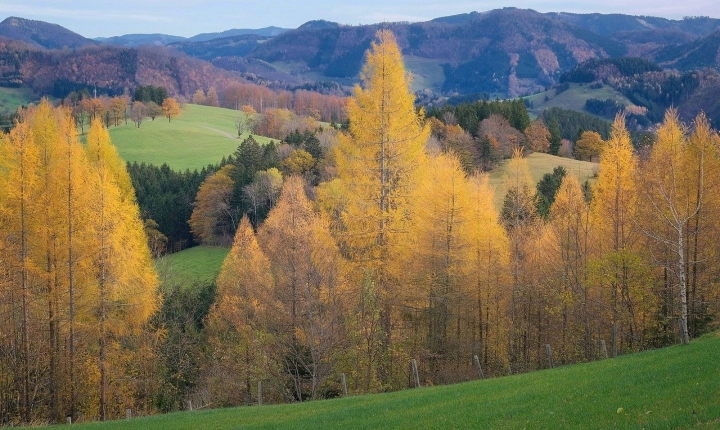Title: Exploring the World of AI-Generated Images: A Guide to Creating Stunning Visuals
In recent years, the field of artificial intelligence (AI) has advanced at an incredible pace, leading to groundbreaking developments in various industries, including the world of visual arts. One area where AI has particularly excelled is in the creation of stunning, lifelike images through the use of generative models and cutting-edge algorithms. This has opened up new possibilities for artists, designers, and creative professionals to explore and experiment with a wide range of AI-generated images.
So, how can one go about creating images with AI? Let’s delve into the exciting world of AI-generated art and discover the tools and techniques that are revolutionizing the way we conceive and produce visual content.
Machine Learning and Generative Adversarial Networks (GANs)
At the heart of AI-generated images lies the concept of generative adversarial networks (GANs), a powerful framework within the field of machine learning. GANs are composed of two neural networks – a generator and a discriminator – that work together to produce increasingly sophisticated and realistic images. The generator creates new images based on random input, while the discriminator evaluates these images and provides feedback to the generator, prompting it to refine its output. This iterative process results in the generation of high-quality, diverse images that mimic the patterns and features of real-world visuals.
Creating AI-Generated Images
To start creating AI-generated images, one can explore a variety of sophisticated software tools and platforms that leverage GANs and other AI techniques. Some popular options include:
1. Runway ML: This platform provides an intuitive interface for artists and designers to experiment with AI models for image generation, style transfer, and more.
2. DeepArt.io: Offering a user-friendly interface, DeepArt.io allows users to transform their photos into AI-generated artworks using advanced neural networks.
3. NVIDIA StyleGAN: Developed by NVIDIA, StyleGAN is a cutting-edge tool for generating high-resolution, photorealistic images of human faces and other subjects.
Applications of AI-Generated Images
AI-generated images have a wide range of applications across diverse industries, including:
1. Design and Visual Effects: Artists and designers can use AI-generated images to enhance their creative projects, whether for digital illustrations, animation, or visual effects in films and advertisements.
2. Fashion and Retail: AI-generated images can be used to create lifelike virtual models showcasing clothing and accessories, revolutionizing the way products are marketed and advertised online.
3. Healthcare and Scientific Research: AI-generated images can assist in medical imaging, drug discovery, and scientific visualization, providing valuable insights and aiding in the advancement of research and development efforts.
Looking Ahead
As AI continues to advance, the future holds exciting possibilities for the creation and utilization of AI-generated images. Continued research and development in the field of generative modeling will likely lead to even more realistic, diverse, and expressive visual content, empowering creatives to push the boundaries of their artistic endeavors.
In conclusion, the development of AI-generated images represents a transformative milestone in the realm of visual arts and creative expression. By leveraging the power of AI and machine learning techniques, individuals can unlock new avenues of creativity and innovation, ultimately shaping the visual landscape in profound and impactful ways. Whether it’s for artistic exploration, commercial applications, or scientific discovery, AI-generated images are poised to leave an indelible mark on the visual storytelling of the future.
